Seven reasons it's cool to Hit Like A Girl
Seven great women drummers you should check out right now…

Seven women drummers you should check out
As the Hit Like A Girl contest opens its doors to female tub thumpers of all ages, we round up our favourite stickswomen. We know, we shouldn’t have to categorise women-as-drummers, but we simply reckon there aren’t enough females behind the kit, and that's where contests like Hit Like A Girl can hopefully redress the balance
Here are seven great drummers, who just happen to be women – and two of whom, coincidentally, happen to be in this month’s Rhythm…
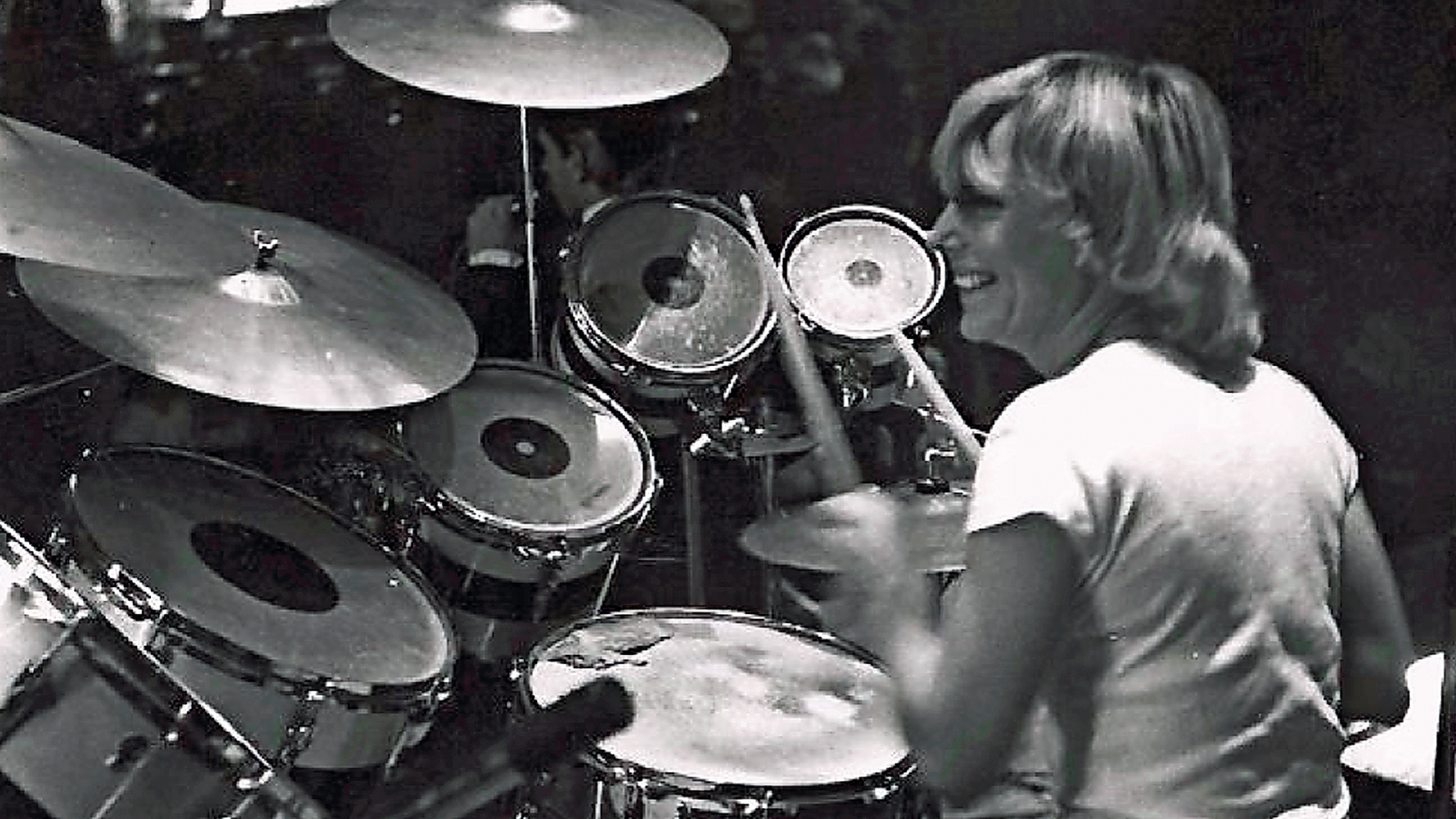
Crissy Lee
Crissy Lee - session great
A pioneer for women drummers, Crissy made her drumming debut at 13 on a 1950s TV talent show and within a couple of years was playing professionally. She has worked with big band leader Ivy Benson, appeared on TV with Ronnie Verrell and Kenny Clare, was part of Frank Skinner’s TV house band and was in pop band The Beat-Chics supporting The Beatles in 1965 at the height of Beatlemania.
In this month’s Rhythm she tells of open prejudices against female drummers in the early years, giving something back as a teacher and leading an all-girl orchestra.
“I was called on by [women’s band leader] Ivy Benson, who was well known then. I was flung in at the deep end with a 26-piece orchestra so I had to really get on with it. Ivy said you will never be a big band drummer and if anyone says that to me it is a red rag and I will do it!”
“Ivy never wanted us girls to play [real] jazz and tit got so the girls weren’t caring any more. I got a cal from [dance band leader] Mike Holly. He said to the lads in the band, I have got crissy coming and three of them said, ‘What a woman? We don’t want to stay if it’s a woman.’ I did my hour and then we went over to the pub and they came up to Mike and said, ‘Sorry, can we stay? And he said, ‘No, f**k off!’”
On touring with the Beatles, she recalls: “We did Valencia, Barcelona and Madrid [July 1965], playing the bullrings because there were no venues big enouh for them. My stomach was full of butterflies. We flew with them in their private jet. We went down well because we were already big out there so it was fantastic. Even when we were flying John [Lennon] had his guitar and he and Paul were coming up with stuff.”
Find more of Crissy’s Rhythm Interview in the March issue of Rhythm, on sale now. This is Crissy in action at Felsted School on her 70th birthday.
YouTube : youtubeurl
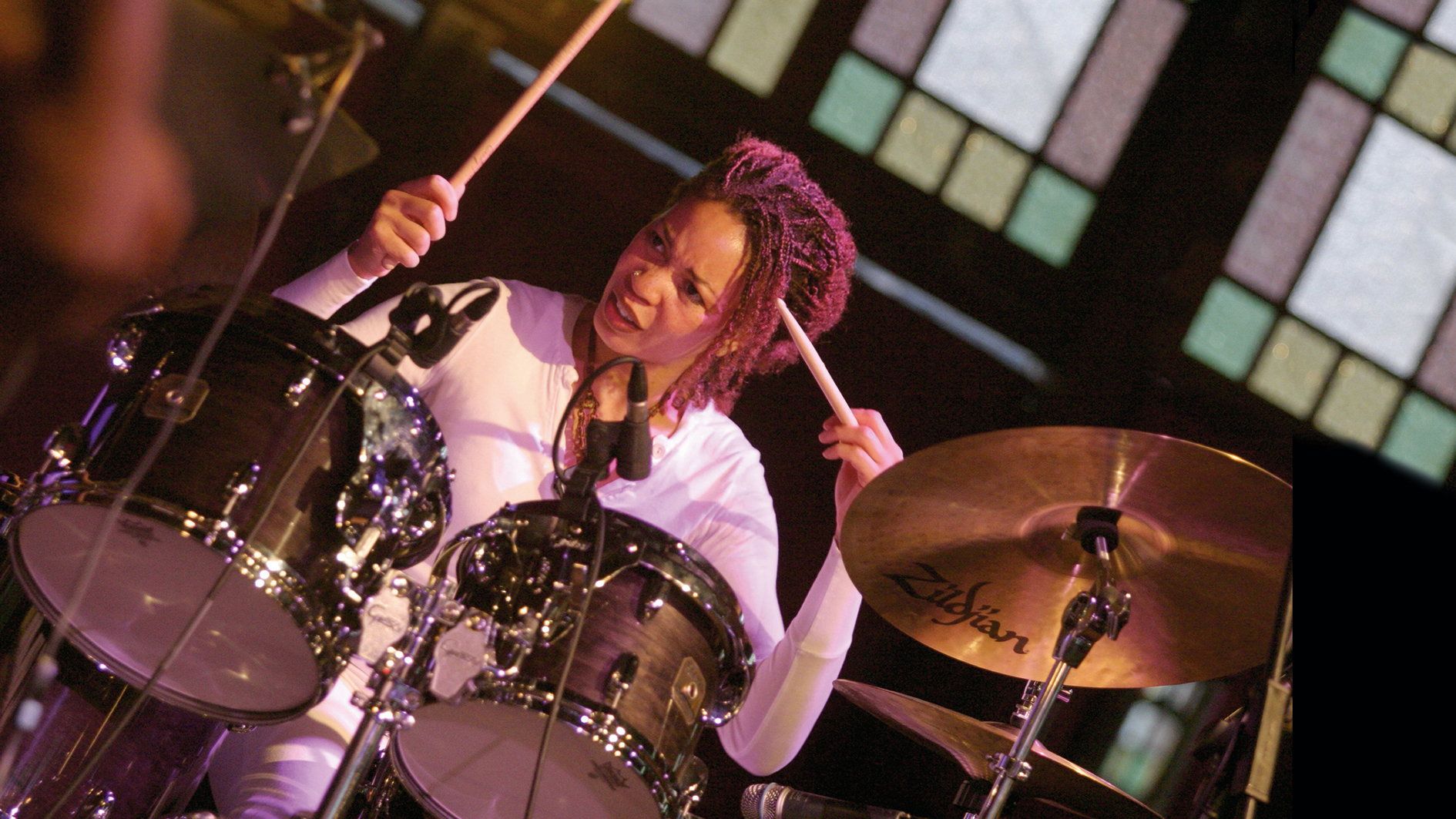
Cindy Blackman Santana
Cindy Blackman Santana - solo
She may be best known in rock circles for her 11-year stint as Lenny Kravitz’s touring drummer, Cindy Blackman has also recorded an impressive body of work as a solo artist playing progressive jazz.
Like many female drummers, she’s had to overcome predjudices in her career.
“People still ask me if I’m a singer,” she told Rhythm. “I got that the other night; I just happened to be at a shop and this woman struck up a conversation and she asked me what I do. I said ‘I’m a musician’, and she said, ‘Oh, do you sing?’ That’s something that has been common because across the board people are not quite used to women playing instruments that are typically male-dominated. Hopefully we’ll get to the point where people just look at you as an instrumentalist and don’t preface it by saying ‘woman’.”
Here’s Cindy in action, via Vic Firth:
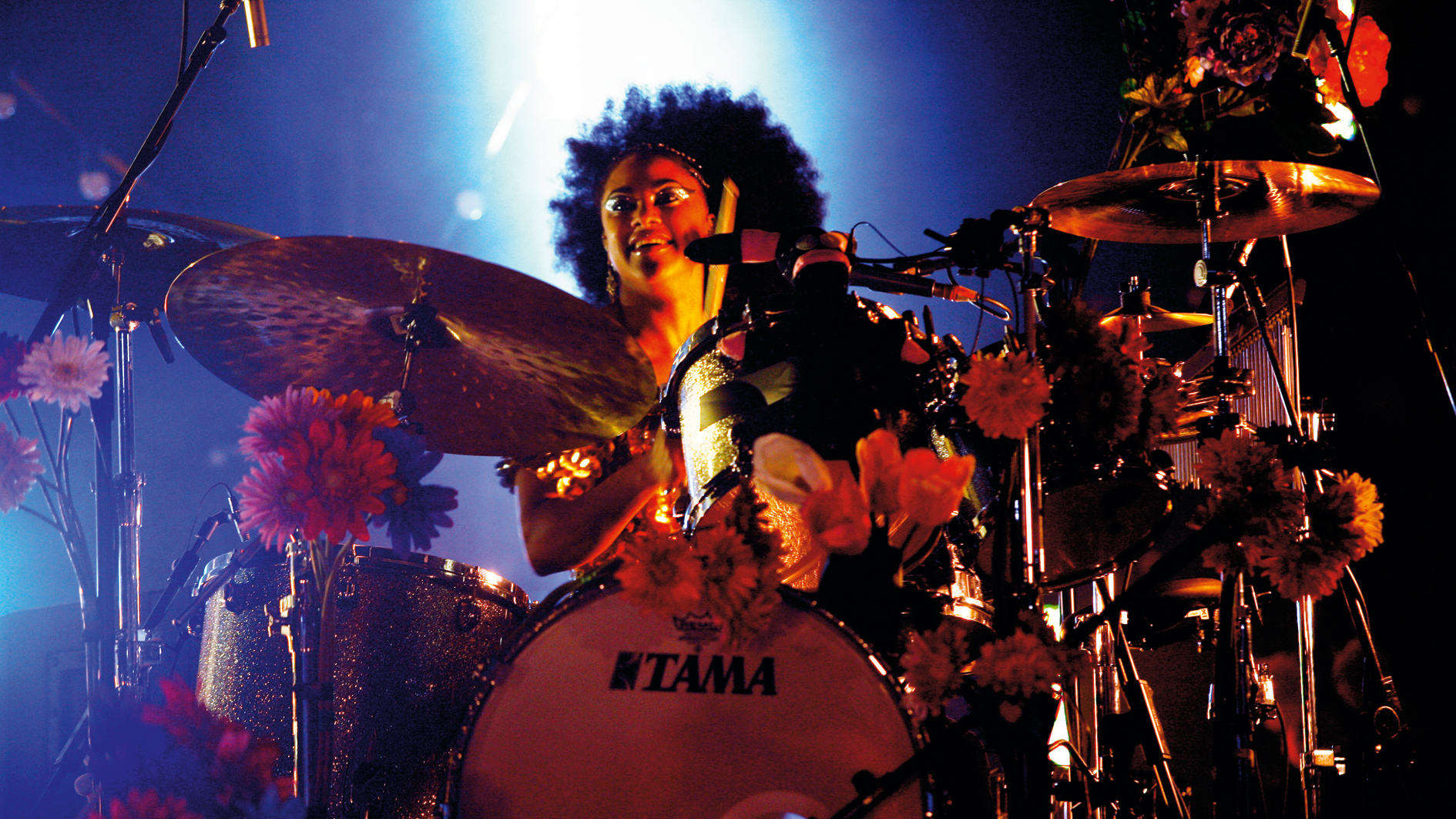
Cherisse Ofusu-Osei
Cherisse Ofusu-Osei -Paloma Faith, Mika, Bryan Ferry
On getting her start behind the kit, Cherisse, who counts Bryan Ferry and Paloma Faith as regular gigs, told Rhythm: “Before I got my first big gig I played in quite a few bands in pubs and clubs and tried to get as much live experience as possible. I had regular drum lessons and practised whenever I could. While out playing I’d always try to talk to as many people as possible, as I was aware that establishing contacts and making relationships with people was also important.”
On image versus drums, and the pros and cons of being a woman drummer, Cherisse says, “ Once you get into the session world most musicians are of a certain standard so image can be very important. Image is the first thing a lot of record companies look at when they hire musicians for their acts and if you have a good image it can make you stand out from the crowd and get you hired. But of course you can’t just rely on image as you’ve got to be able to play well too! I’ve lost gigs because I’m a girl and they wanted a male drummer to complete the image of the band, but I’ve also got gigs because I’m a girl so it all balances out.
Here’s Cherisse powering through a Bonham classic:

Jen Ledger
Jen Ledger -Skillet
Jen Ledger is a 23-year-old from Coventry who’s made it big with ker-jillion selling Christian rock band Skillet, Stateside.
In this month’s Rhythm, Jen tells us how she copped her big break, being the reluctant soloist and how her playing has evolved since she was a finalist in Young Drummer Of The Year in 2006.
“My first show ever was an arena tour called WinterJam 2008 and I had just turned 18,” she reveals. “I was playing in front of 8,000 people and scared to death but I was praying, ‘God, let me do okay.’ I used to be really frightened of playing drums but since Young Drummer Of The Year I’ve learned that you have to be true to yourself and the way that you love to play. Don’t try to conform to things you know will impress other people. I’m a really passionate person and I feel the music and I’ll give everything I’ve got on stage. All my emotion and all my heart go into my playing. It felt like a long journey of learning confidence in being true to how you want to play and how you feel the music rather than feeling pressure from boys who think you should play a certain way.”
On soloing every night with Skillet, Jen revealed: “It made me so embarrassed having everyone look at me. He [John Cooper, Skillet frontman] even got me a spinning drum riser just to have even more showmanship. We had a couple of fights about it. He’s like, ‘Why are you fighting me, I’m just trying to make you look cool!’ I’m like, ‘But I’m scared!’ But the fans really do love it. I like making people cheer and making people smile. I always map it out… some of it is kind of cheesy but even if I think, ‘The drummer’s drummer won’t think this is cool,’ everyone else does.”
FInd more of this interview in the March issue of Rhythm, on sale now. Here’s Jen in action, soloing with Skillet.
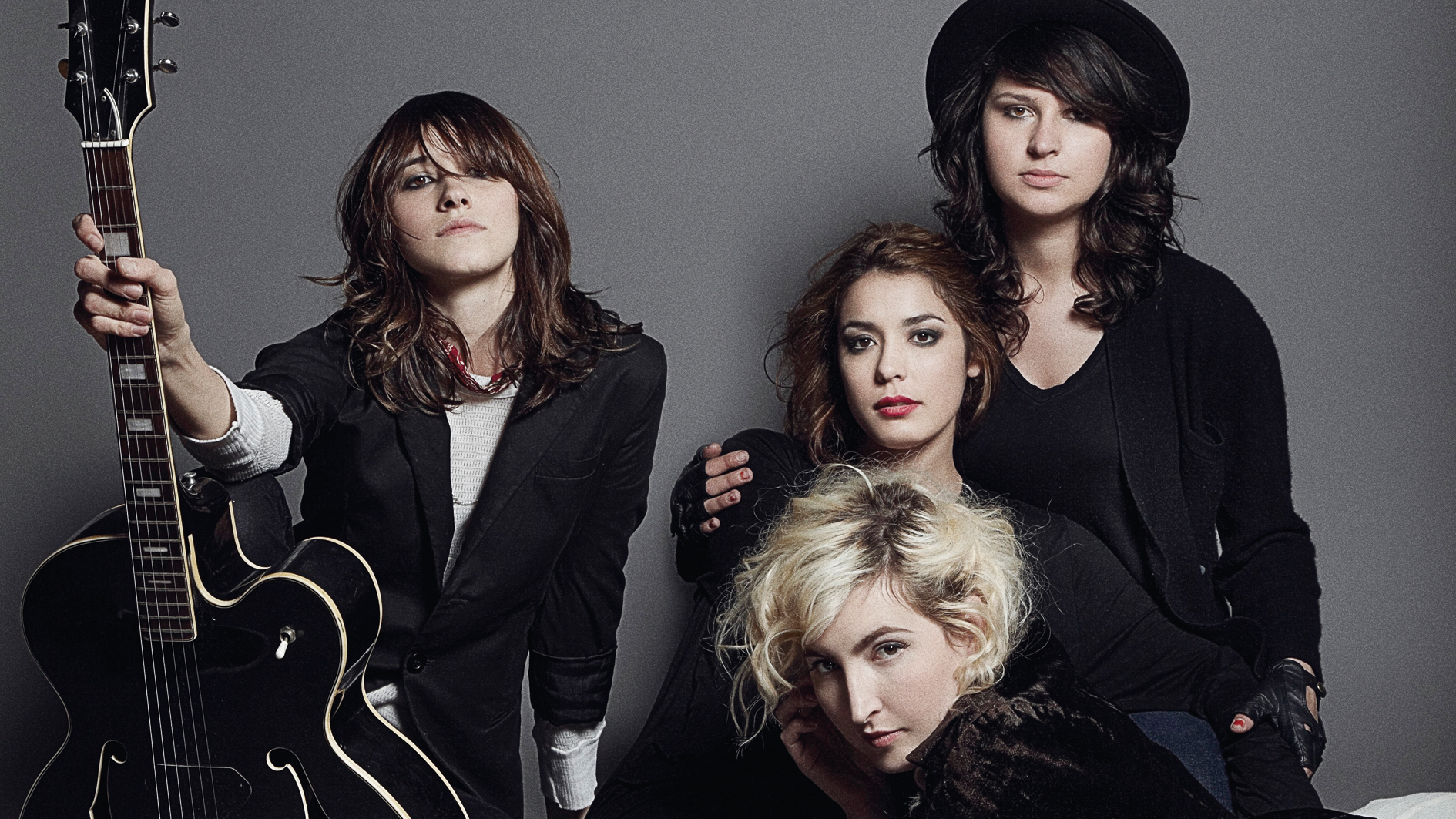
Stella Mozgawa
The arty LA all-girl band are back with a new self-titled album this year, and judging by their lead-off single ‘Love Is To Die’they’re going to be a fixture on everyone’s Spotify this year.
Stella Mozgawa, whose atmospheric drum parts punctuate the band’s doomy-yet-beautiful, new-wave indie rock, isn’t the first drummer. “They’ve had several,” she laughs. “The Spinal Tap thing has been thrown around a few times. I think that’s hilarious, that I’m going to spontaneously combust! We’d met a few times, and last year they were getting a bit of interest, but the drummer was a friend filling in. There was no signing my name in blood, it was just, ‘Do you want to make this record with us?’”
Of the band’s sound since their breakthrough debut album //The Fool//, Stella revealed to Rhythm, “It was like, we’re not gonna have the basic rock’n’roll drum sound. On ‘Undertow’, I used mallets: I love that sound. ‘Shadows’ is my favourite: it was really enjoyable to labour over that, cutting up different drum parts. We blended drum machines with live and had a few funny set-ups, like putting a Ludwig Keystone Badge kick on a keyboard stand as an extra tom.”
Drumstool misogynists take note: this woman knows her stuff. “When I started drumming, it was annoying,” she sighs. “I’d be setting up and there’d be a sound guy giving me s**t, rolling his eyes. But I stopped worrying about it a while ago!”
Here's Warpaint’s latest single.
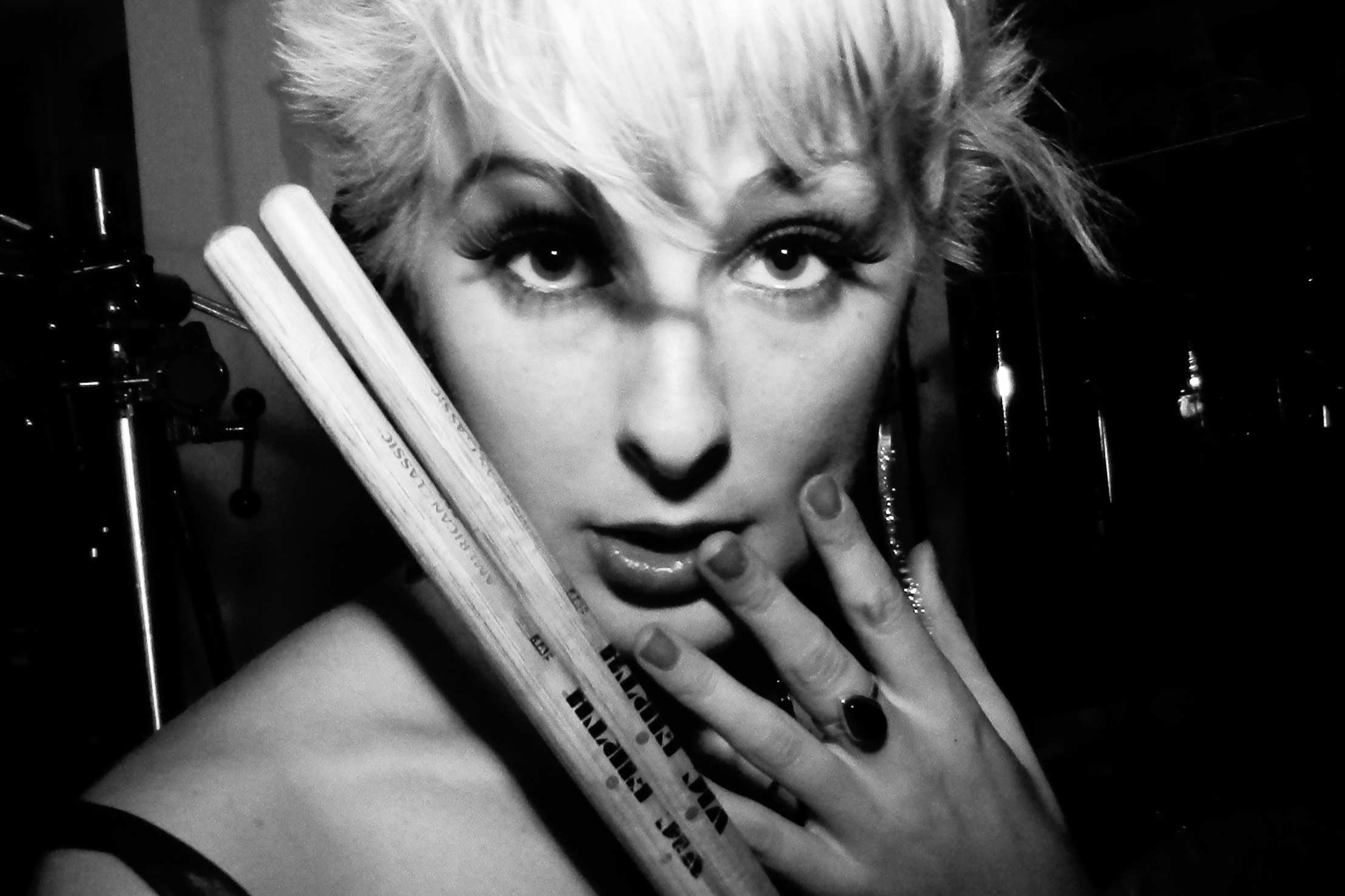
Emily Dolan Davies
Emily Dolan Davies - Cher Lloyd, Tricky, Bryan Ferry
Of her pop session experiences, Emily told Rhythm: “I was 16 and had been called in to do a studio session. I thought, ‘This is it! I’ve made it!’ There were seven songs to do and I’d had a bit of studio experience, so I thought, how difficult could it be? We didn’t even get past the second tune before the producer took me to one side and told me it wasn’t working, so with tears in my eyes I packed up my stuff and went home. I was heartbroken. I decided to pick myself up and learn from it! It gave me a whole new work ethic and knocked any hint of cockiness that could have existed in me right out.”
“This will be my career for as long as I am physically able,” Emily tells Rhythm. “I could never think of doing anything else. From here I’d like to continue touring, playing with lots more people, keep learning along the way and get into more studio stuff. Just keep honing myself as a drummer and getting those grooves phatter and those pockets deeper!”
Here’s Emily doing some serious blues grooving to John Mayall.

Sheila E
Sheila E -Prince
Sheila Escovedo was born into a well-known percussive family – her father is latin jazz legend Pete Escovedo – and so it was inevitable she would be a percussionist, going on to work with George Duke, Herbie Hancock and Billy Cobham before going solo as a singer in the mid-’80s. Then she got back to her roots with a stint behind the kit for Prince.
“At that time, ’86, I was touring, opening up for Lionel Richie, and I was pretty much exhausted.,” Sheila told Rhythm recently. “I was tired of fronting the band. It was a lot of work – believe me, it still is – to get to that level and I worked my butt off, non-stop. I was out on tour for a year and a half and then I did the movie Krush Groove, it was just back-to-back. I got to that point where I was so tired I said, ‘I feel like I have left my first love and now I’m singing so much I don’t feel like I’m playing anymore.’ I thought, I want to get back to music. I was talking to Prince and I was still on tour with Lionel, he said, ‘What do you want to do?’ I said, ‘I don’t think I want to do this anymore, I think I want to go back and play with some other people because I enjoy that.’ I got to the point where I really felt that something was missing in my life and it was getting away from my drums, my playing. So when I said that to Prince, I think a lightbulb went on in his head and he said, ‘So, what about playing for me?’ I said, ‘Play what?’ He said, ‘Drums.’ I said, ‘Really? That would be so dope.’ So that’s how it happened.”
Check out Sheila on the Letterman Show’s solos week a few years back/
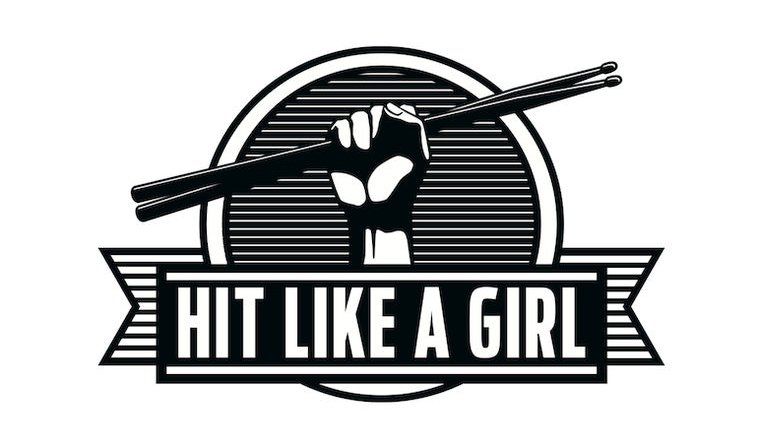
Hit LIke A Girl
Hit LIke A Girl
Entries for the international Hit Like A Girl contest, which Rhythm is proud to be a media partner of, will be taken from 24 January, but the competition's website is now live.
As part of Hit Like A Girl female drummers of all ages are invited to sign up at www.hitlikeagirlcontest.com and submit a video of their playing via the competition's YouTube channel. Entrants will be split into under 18 and 18 and above categories.
These clips will then be scrutinised by a panel of star judges (made up of the likes of Cindy Blackman, Cherisse Ofosu-Osei, Emily Dolan Davies, Sheila E and Samantha Maloney) who will be charged with the unenviable task of whittling down the submitted videos to a shortlist of drummers that make it through to the next stage.
The overall winning drummer will win $20,000+ worth of drum gear - a prize pack not to be sniffed at.
As media partner for the event Rhythm is proud to support this search for talented stickswomen the world over.